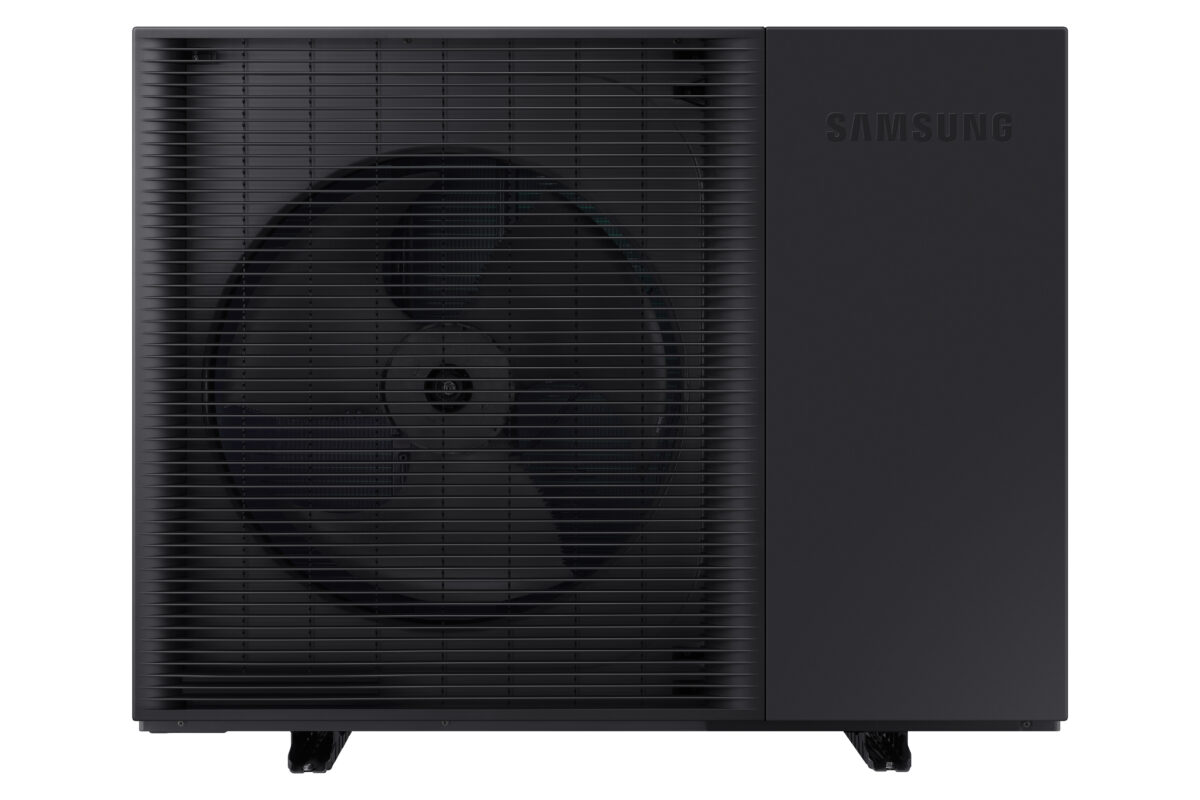I read, reasonably often, here where GIvEnergy newbie users have questions that need tinkering. Not so much with PowerWall
As already said:
PowerWall will (in most cases of power loss) cut-in before power is lost which means that clocks, computers, etc. don't "stop" (I think GivEnergy has a 13AMP socket you can plug things into ... whereas PowerWall is, in effect, a "whole house" powercut battery.
I find all-in-one APP convenient
Tesla has Storm Watch (maybe the others too) which will force the battery to charge to 100%, in good time, and then keep it there until the storm has passed - i.e. if you get a power cut battery will have 100% starting point
Mine are in the furthest room in an (insulated but) unheated part of the house. Only a few winter days, each year, where it falls below 10C in Winter. Since PowerWall install the room is definitely a degree or two warmer, which is a benefit as the frost heater now very rarely cuts in.
Conversely putting battery somewhere which is already warm may need ventilation in summer.



